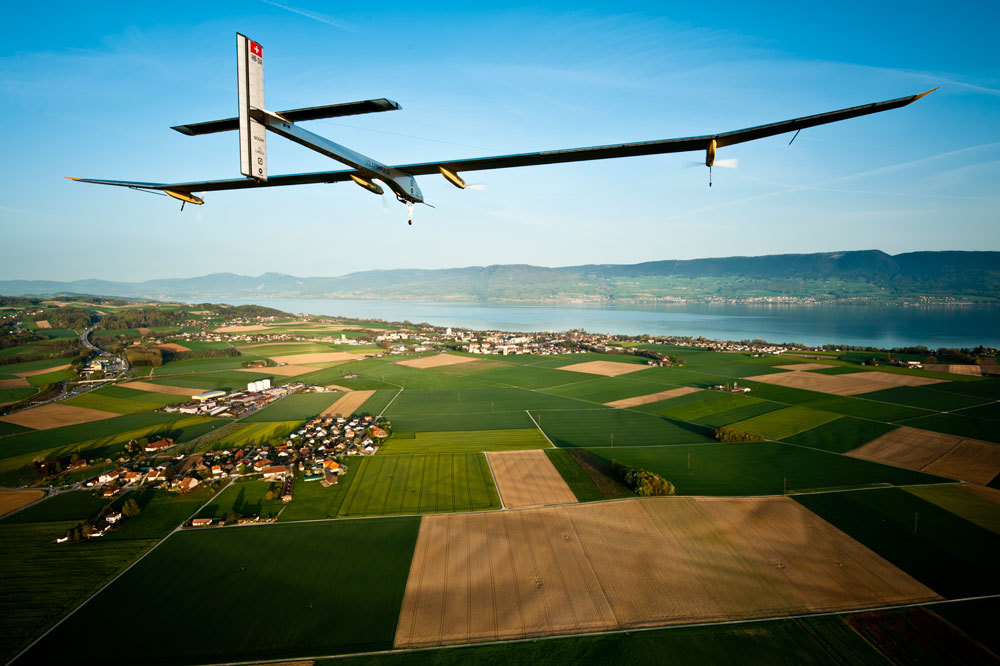
Solar Impulse 2 has taken off from New York on a 90-hour crossing of the Atlantic as it continues its circumnavigation of the earth.
The solar powered aircraft is expected to land at Seville airport in Southern Spain after one of the plane’s most demanding legs on its epic journey.
The flight, that should take four days and four nights non-stop depending on weather conditions, is one of the most challenging legs of the Round-The-World Solar Flight, the goal of which is to show that the world can be run on clean technologies.
Pilot Bertrand Piccard took off this morning from New York to attempt the first electric, solar and emission-free transatlantic flight.
The parallels with The Spirit of St Louis solo flight across the Atlantic Ocean are striking, but while Lindbergh’s achievement sparked people’s interest in aviation, Solar Impulse aims to inspire adoption of clean technologies as way to improve the quality of life on Earth.
Piccard said: “If an airplane can fly day and night without fuel, everybody could use these same efficient solutions in their daily lives.”
Last year, Piccard’s flying partner André Borschberg landed Si2 in Hawaii after a record breaking flight of five days and nights over the Pacific Ocean.
After landing in Europe, the mission will continue onward to Abu Dhabi in the United Arab Emirates.